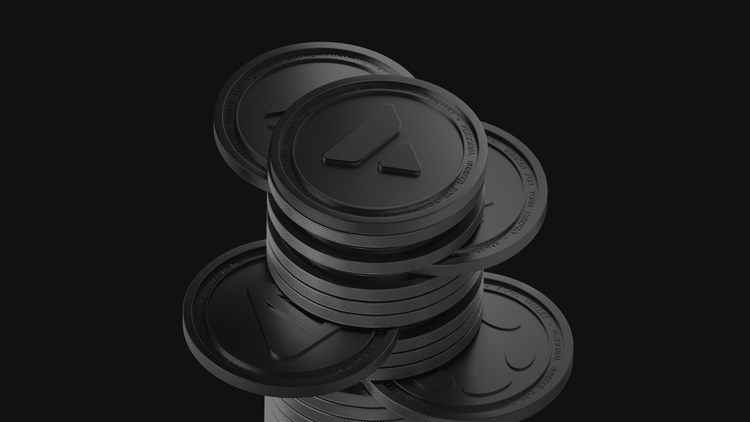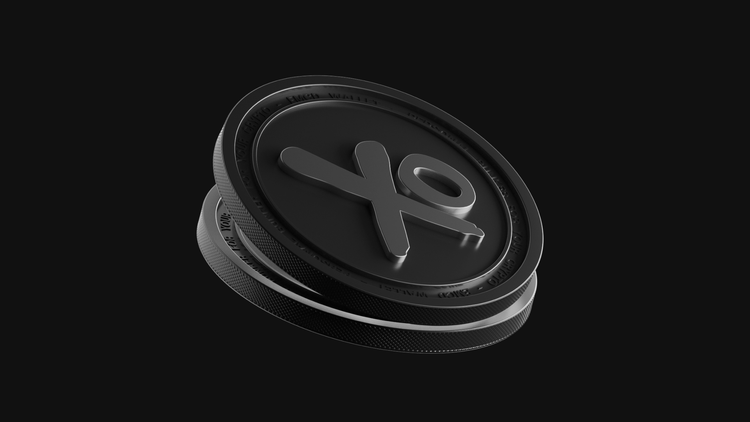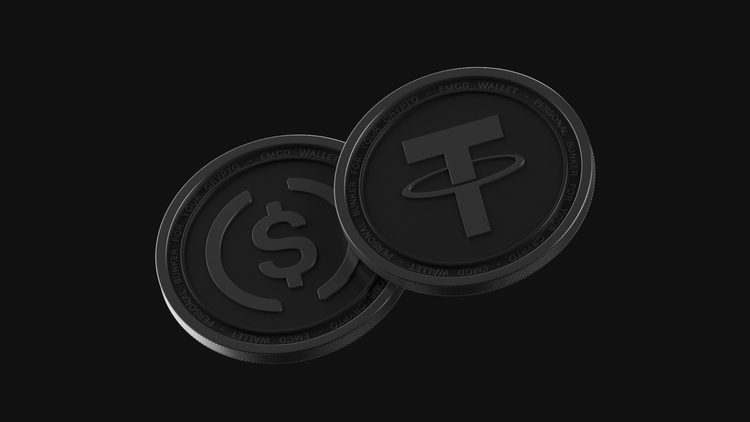Cryptocurrency airdrop: types, selection criteria, and participation

What are we covering? Crypto Airdrops are free distributions of coins or tokens — either unconditionally or for completing very simple actions. This generosity is a promotional strategy to grow a new project, so both participants and organizers benefit.
How do you get one? To take part in an airdrop you need a crypto wallet, an aggregator platform, and patience. Next steps depend on the project’s rules. Because the free-token space attracts scams, it is also important to learn the signs of a fraudulent Cryptocurrency Airdrop.
This material is published for information only and is not investment advice.
What is a crypto airdrop
On the cryptocurrency market, an airdrop is the free distribution of tokens by a blockchain or platform to users. In practice, about 80% of Crypto Airdrops are a promotional tactic for a new venue to expand its audience. Under such campaigns, tokens are credited to a user’s wallet either without conditions or for completing a few basic actions, such as:
- completing identity verification (KYC)
- subscribing to the project’s newsletter
- joining the project’s official community on social media
The primary goal of an airdrop is to grow the company’s user base. But campaigns can also serve other tasks:
- Distributing governance tokens. Along with a means of exchange, a user may receive a governance token that grants voting rights. The analogy is a traditional joint-stock company where shareholders vote at meetings; the larger the share, the more votes. In crypto, governance tokens function much like shares.
- Bootstrapping a blockchain at launch. It is easier to stabilize a new network when transactions are active. To stimulate activity, teams run an airdrop.

The value of airdrops
What are crypto airdrops good for? They have grown rapidly in recent years because they benefit both developers and users, with risks and rewards balanced on both sides. The key advantage over paid token sales or stock listings is that the audience acquired by airdrops tends to be more loyal.
This follows from two features of the market:
- The cryptocurrency space includes many speculators seeking quick profit. When a token is sold on an exchange or through an IDO, a buyer may purchase only to resell, which can reduce project liquidity.
- Teams can analyze on-chain wallet activity to see a user’s level of interest in cryptocurrency, participation in other projects, and focus on specific market segments.
As a result, a free cryptocurrency airdrop lets a project solve in weeks what traditional marketing can take years to achieve: find a relevant target audience and draw its attention by distributing tokens for free. Today, the positive effect of airdrops can be muted by abuse and growing competition. Nevertheless, free token distribution remains an effective cold-start tool that helps minimize audience-acquisition costs.
In highly competitive markets, airdrops can also power a vampire attack — distributing tokens to a competitor’s users and pulling them over to a new platform, reducing activity on the old one. Examples: in 2020 SushiSwap targeted Uniswap users with $SUSHI. Strictly speaking, that drop was closer to a hold-drop for Uniswap stakers. Later, NFT marketplace LooksRare offered $LOOK to OpenSea users who had traded at least 3 ETH in six months. The twist: to claim the drop, users needed to list an NFT on LooksRare.
Drops are also attractive for users, because:
- Free asset. Airdrop hunters pursue profit first. Tokens received this way often have a lower effective cost than similar assets on open exchanges, so ROI can be much higher. In practice, your only monetary input is operational costs. Compared to launchpads, the entry threshold for airdrop hunting is lower.
- Community access. Native tokens unlock product privileges and governance rights. As a community member you gain utility regardless of price moves. Even without selling at a profit, you still get benefits.
- Rewards for loyalty and activity. Users often support projects for their potential or usefulness, not just financial motives. A drop signals that a hunter’s effort mattered. Tokens here are not only financial capital but also social and reputational capital.
- Status. Participation showcases activity and can raise your standing in communities. If you aim to become a Facebook, Twitter, or Telegram influencer but have limited funds, airdrops can shorten the path
Types of AirDrop
There are several formats, depending on mechanics and rules:
- Standard. Tokens are distributed entirely for free or in exchange for subscribing to the project’s newsletter.
- Bounty airdrops. Users complete basic tasks: join a community, daily check-ins, repost a marketing post, or publish a post on their own social page.
- Exclusive. A drop for long-time users with a history of interaction with the project (exchange, site, community). For example, in September 2020 Uniswap gifted loyal users 400 UNI (about $1,200 at the time) with no requirements for claiming.
- Hard-fork distribution. This type is tied to blockchain mechanics. If a coin splits from the original chain — effectively a network scale-out — a new coin appears. Holders of the original receive the same number of new tokens. A well-known case is Bitcoin Cash (BCH) in 2017, where BTC holders automatically received an equal number of BCH.
- Rewards to holders or buyers. Similar to hard forks in that new tokens go to users who already hold other coins. For example, projects on EOS or Ethereum have run Cryptocurrency Airdrops when launching on those blockchains. Unlike a hard fork, these are new tokens, not created by splitting an existing one.
Across all types of crypto airdrops, one trait holds: distribution is free. If payment is required, you are dealing with something else — or with a scam.

What you need to join a cryptocurrency airdrop
To participate and receive tokens for free, do the following:
- Set up a wallet for cryptocurrency operations — a hot wallet on a blockchain platform or cloud service, or a cold wallet stored on a USB device.
- Find a project that has publicly announced an airdrop.
- Read the conditions for receiving tokens and complete them.
Criteria for choosing an airdrop
Before you pick a venue to receive an airdrop, consider these factors:
Airdrop timing
Dates should be stated precisely. If you cannot find specifics, there is a high chance of fraud. No one gives away tokens forever at a loss.
Distribution dates
There must be clear information on when tokens will be credited. If this is missing, the project may just be collecting contact details, emails, and wallet addresses — data that can be misused, including for theft.
When and where tokens can be traded
Without this, users risk receiving meaningless strings of digits that cannot generate income.
Community due diligence
Visit Bitcointalk and find the thread for the airdrop. Pay attention to recent posts about completed events. There should not be a flood of negative reviews or accusations of fraud.

After reviewing these points, register on the platform — it usually takes less than five minutes. Done. Now wait for the free tokens to appear in your account.
What you need to do to receive a drop
Each crypto airdrop in 2024 runs on its own terms, so required actions vary. In general, a drop-hunter’s behavior falls into two groups:
1) Product interaction
This includes swapping tokens, using bridges, providing liquidity, and other product functions. To receive a DEX drop, you typically add liquidity and execute swaps; NFT marketplaces reward trades on a specific platform; a blockchain may reward consistent transactions.
These actions involve network fees, variable costs, volatility, and other expenses. To succeed, you usually need at least a small deposit.
2) Quests
These are structured actions that help a platform grow business activity and awareness, increasing operation counts. Quests are usually hosted on third-party platforms such as Galxe, Crew3, or Layer3. Conditions are announced in advance — unlike retro-drops, which may lack clear instructions until the end.
Quests are gamified, often with NFTs and a defined storyline. This improves user engagement and makes requirements easier to understand.
Testnet
Before tokens are released to mainnet, projects test functionality and security in a testnet. Users can build reputation, move to higher testing tiers, and earn Crypto Airdrops or bug-bounty rewards.
Testnets do not require real tokens — there is no loss risk — and they help you learn to use dApps across platforms.
Ambassador programs. Ambassadors help develop and promote the company and product, growing awareness to attract more users. Rewards are often paid in native tokens.

Sometimes drop-hunters also receive tokens for supporting the project, attracting new users, or moderating online communities. This is a good airdrop path if you do not have a deposit.
Signs of airdrop fraud
The cryptocurrency market includes many fraudulent sites and frequent promises of ‘future airdrops’. Common scam patterns include:
- A site invites you to join a free token distribution after registering. It may look just like a real airdrop, but during registration the operator requests data for your open accounts, your wallet’s private keys, or other sensitive details. If provided, your assets will be stolen. This is a classic phishing technique that exploits social engineering to obtain confidential information.
- Users receive emails containing a link to malware or an installer. The message claims the ‘app’ is required to participate in the airdrop. Installing it infects your device.
Frequently asked questions about crypto airdrops
What is a lock-drop?
In a lock-drop, you must temporarily or permanently lock access to your assets on other platforms to receive a new token. This proves your interest in the drop. Example: Edgeware (EDG) by Commonwealth Labs distributed tokens if users limited access to ETH on Ethereum for a set period. After the lock ended, users received both ETH and EDG.
Can you make money on a cryptocurrency airdrop?

Airdrop hunting is accessible to any user regardless of balance or experience. Having capital expands your options, but even without assets you can still receive coins if you are lucky. Examples:
- Users who joined the Aptos testnet and minted an NFT received about 150 APT. Shortly after, the price rose toward $15; even those who sold immediately earned roughly $1 000–$1 500.
- Uniswap distributed at least $400 in UNI to DEX users, with larger amounts for some. You could sell right away for about $1 200 ($3 per token), and at the peak $UNI hit about $40 — a potential $16 000.
- 1inch distributed an average of about $600 in 1INCH to regular users. At TGE, allocations were worth roughly $600–$800, and the token’s maximum value per allocation reached about $4 200.
Popular dashboard Messari cites even bigger numbers: claiming and selling the ten largest drops (Uniswap, Tornado Cash, Gitcoin, dYdX, and others) within one week brought in roughly $100 000.
What qualities matter for drop-hunters?
If you want airdrop hunting to become a primary income stream, you need scale. Automate routine steps where possible — the process involves repetition. You also need solid understanding of the cryptocurrency market to avoid wasting time on empty projects. Discipline matters: when you miss, keep your motivation and continue with the plan.




